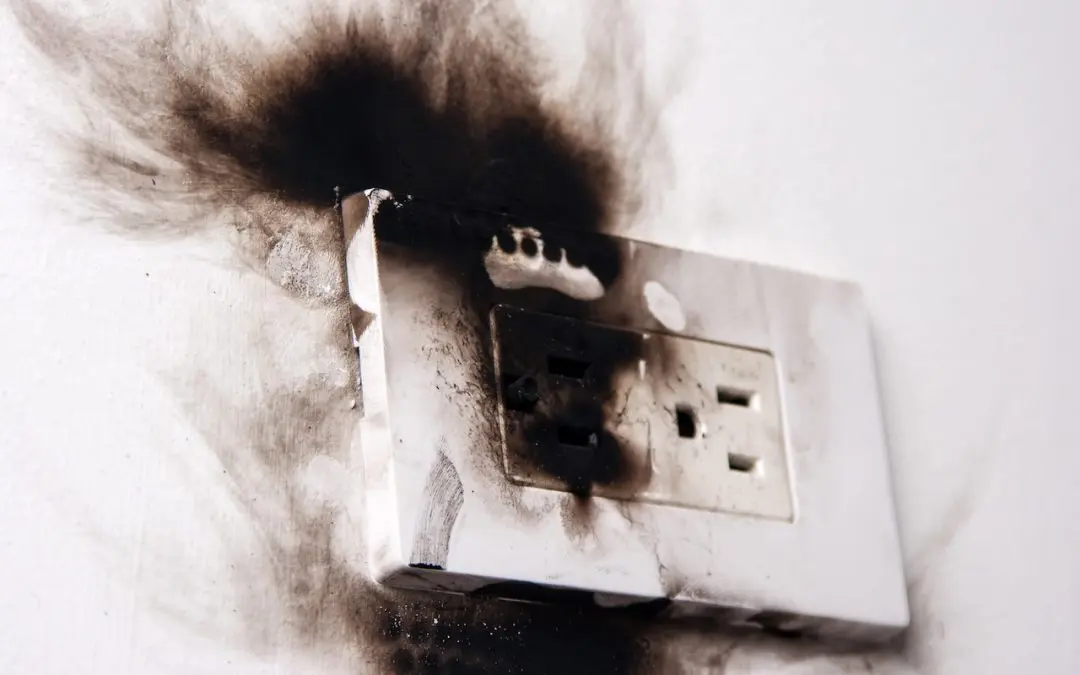Your home’s electrical system is tireless, powering everything from your morning coffee to your evening entertainment. Because we rely on it constantly, it’s easy to overlook the risks it poses when neglected or misused. Taking proactive steps to ensure electrical safety is one of the most critical responsibilities of a homeowner. Adopting a confident, knowledgeable approach to your home’s wiring, outlets, and appliances allows you to keep the power flowing smoothly and safely.
The Warning Signs: Recognizing Electrical Safety Hazards
Knowing the signs of a potential problem is the first defense in maintaining electrical safety. Electrical issues rarely resolve themselves; they worsen over time and increase the risk of fire. If you ever plug in an appliance and notice the outlet is discolored, smells burnt, or feels hot, stop using it immediately. These are clear indications of overheating or faulty wiring. Similarly, if a circuit breaker frequently trips when a specific appliance is used, it’s a warning sign that the circuit is overloaded and needs a professional inspection.
Flickering or dimming lights signal a deeper issue within your wiring or electrical panel, especially when you turn on an appliance. Finally, don’t ignore strange sounds, such as buzzing, crackling, or sizzling, coming from outlets or your circuit breaker box. These sounds are often the audible result of electrical arcing, a serious fire hazard that requires immediate attention from a qualified electrician.
Guarding Against Common Electrical Risks
Many electrical hazards stem from everyday practices or simple wear and tear. Fortunately, these are also the easiest risks to mitigate once you know what to look for. A primary offender is the overuse of extension cords and power strips. These devices are designed for temporary use, not as a permanent substitute for wall outlets. Never “daisy-chain” power strips, plugging one into another, as this creates a significant fire risk by overloading the initial circuit. Ensure any power strips you use have surge protection and an internal circuit breaker. Remember to check extension cords for fraying, cracking, or damage before each use, and discard them if they show any signs of wear.
Avoid running cords under rugs or heavy furniture. This practice could damage the cord’s insulation, leading to overheating and potential fires, and prevents you from seeing damage. Lastly, always pull a plug out by the plastic housing, never by the cord itself.
Protecting Circuits with Updated Electrical Safety Devices
Modern technology offers specialized devices that are exponentially better at protecting your home than older wiring systems. The most important of these are Ground Fault Circuit Interrupters (GFCIs). GFCIs are designed to monitor electrical current and trip (shut off) a circuit almost instantly if they detect an imbalance, such as when electricity is flowing through water or a person. You should have GFCI protection in all wet or damp areas, including kitchens, bathrooms, laundry rooms, garages, and outdoors. Test your GFCIs monthly by pressing the “Test” button, the power should immediately shut off.
The other essential technology is the Arc-Fault Circuit Interrupter (AFCI). AFCIs are newer and are designed to detect dangerous electrical arcs (sparks) that may occur in damaged or loose wiring, which are a leading cause of residential fires. Standard circuit breakers don’t catch these arcs. AFCIs are now required in most new home construction for bedrooms and other living areas. If your home has an older panel, consider having an electrician install AFCI protection to significantly improve your home’s overall electrical safety.
Maintaining Your Electrical Infrastructure
Like any system in your home, the electrical infrastructure requires maintenance and periodic inspection. Taking a proactive approach to your home’s wiring system will prevent minor issues from turning into major risks. If your home is over 40 years old, or if you’ve recently added major appliances or renovated areas, it’s highly recommended to have a full electrical inspection. An electrician will assess the condition of your wiring, check your panel can handle the load, and identify any components that do not meet current electrical safety codes. Never attempt significant electrical work yourself unless you are a qualified professional; the risk is simply too high.
Frequently Asked Questions (FAQs)
How often should I have my electrical system inspected?
It is generally recommended to have your electrical system inspected every five to ten years, especially if your home is older than 40 years. You should also schedule an inspection any time you plan major renovations that will put a new load on the electrical panel.
Is it safe to use aluminum wiring in my house?
Single-strand aluminum branch circuit wiring installed in homes between 1965 and 1973 could pose a fire hazard due to a tendency to overheat at connection points. While the wiring itself isn’t the problem, the connections often fail. It is strongly recommended to have a qualified electrician evaluate the connections.
What should I do if my circuit breaker keeps tripping?
Unplug all non-essential items on that circuit and reset the breaker. If it continues to trip, or if the breaker feels hot or smells burnt, stop using that circuit immediately and call an electrician.
Can I install GFCI outlets myself?
While technically a DIY project, it is only safe to install or replace GFCI outlets if you have a thorough understanding of residential wiring. If wired incorrectly, GFCIs may not offer the required protection.
M&T Inspection Services offers home inspections to customers in Indianapolis. Contact us to request our services.

